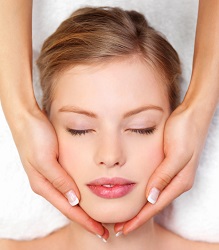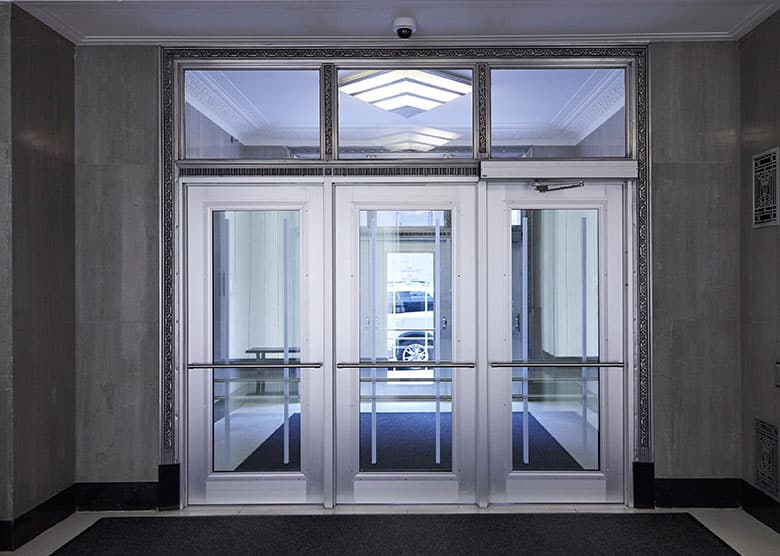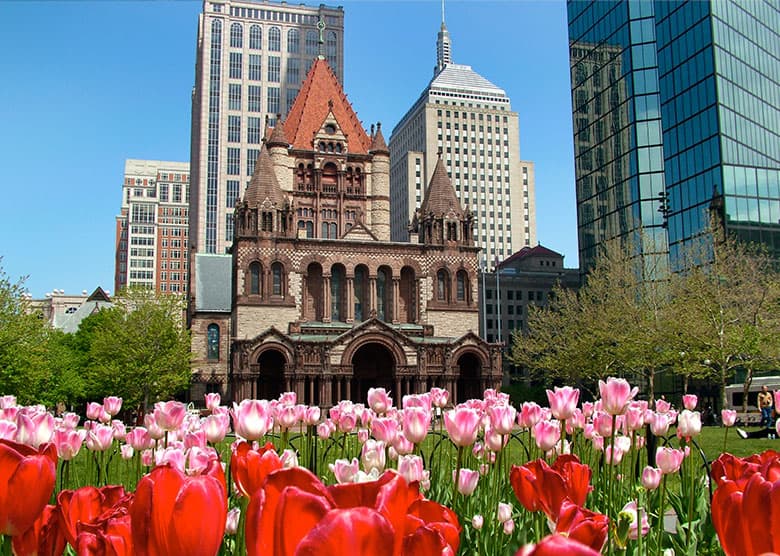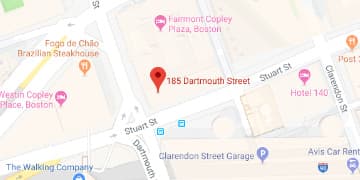What Is a Glycolic Peel Like?

During a chemical peel, professionally applied acids are used to treat the facial skin by removing the outermost layer, triggering regeneration of new facial tissues for healthier skin. A glycolic peel is a popular type of rejuvenating peel that contains the alpha hydroxyl acid known as glycolic acid.
Glycolic acid was first prepared in 1851 and is used extensively as a dyeing and tanning agent, a flavoring agent, and in skin products. This natural acid can be found in beet sugar, cane sugar, and unripe grapes. It is known to exfoliate the skin quite effectively, as it can easily penetrate the tissues.
The Glycolic Peel
Glycolic peels break through the dead skin on a cellular level. They help remove dead skin and dirt from the skin’s surface, revealing newer and brighter-looking skin.
The anti-inflammatory and antioxidant properties of the acid help rejuvenate the skin. It reduces brown sunspots and creates a younger and more even skin tone. Because the peel unclogs pores, it is also used to get rid of mild acne, superficial acne scars, and blackheads.
Glycolic peels can also be helpful for getting rid of hyperpigmentation on the skin such as sunspots, brown acne scars, or melasma. After a glycolic peel, skin appears brighter and refreshed.
The glycolic peel is known for its anti-aging properties. Repeated glycolic peels accelerate the growth of collagen and elastin in the skin, reducing fine lines on the face and minimizing the appearance of pores.
Your Peel Treatment Process
At the start of the peel procedure, your face will be carefully cleaned. The glycolic peel will be applied to your facial skin, and once it has had time to penetrate into your skin layers, it will be removed.
After Your Glycolic Peel Treatment
Glycolic acid temporarily increases the sensitivity of the skin to the sun. It is therefore advisable to avoid sun exposure or wear a hat, scarf, and effective sunscreen after a glycolic peel treatment.
In the days after the glycolic peel, sloughing of the treated skin will occur. This peeling depends on the concentration of acid used in the chemical peel. If the peel is used mildly, there are chances of slight peeling and skin reddening. Some may also feel a temporary burning sensation. However, these effects are short-lived and last for two to three days. Our aesthetician starts with a very low concentration of glycolic acid to see how your skin responds and then gradually titrates it up depending on your skin.
When a strong glycolic peel is used for exfoliation, it may cause increased skin sloughing and itching. In such cases, it is advisable to avoid direct contact with sunlight as much as possible.
One should avoid applying makeup, scrubs, or any other exfoliant on the skin after the treatment. A sunscreen with SPF 30 or higher is recommended. Do not apply any other product on the skin until cleared to do so.
Set Up a Consultation
With the help of our dermatology team and our experienced aesthetician, patients are able to revitalize the look of their skin and eliminate imperfections. To set up an appointment for a glycolic peel, contact our office today.









